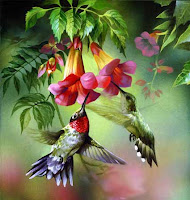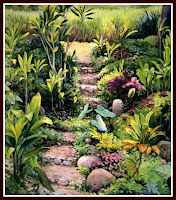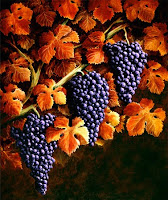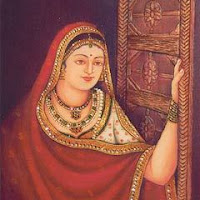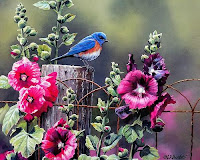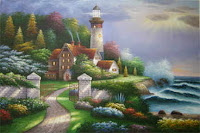
The site exhibits a multitude of architectural styles, from what is called “Mexicanized” and suggestive of styles seen in central Mexico to the Puuc style found among the Puuc Maya of the northern lowlands. The presence of central Mexican styles was once attention to have been representative of direct migration or even conquest from central Mexico, but most modern interpretations view the presence of these non-Maya styles more as the result of cultural diffusion.
The shell of Chichen Itza is federal property, and the site’s stewardship is maintained by Mexico’s Instituto Nacional de Antropología e Historia . The land under the monuments, is privately-owned by the Barbachano family.













